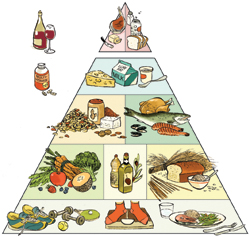Since Hypnosis Weight Loss is a cooperative process, that means, you, and the practitioner of your choice, need to come up with an agreed upon plan.
This involves lots of discussions and a deep level of mutual understanding.
For examle, your Hypnosis Weight Loss expert/therapist may ask you questions such as, what kind of medications you are currently taking, or, how much time you can be dedicated in this Hypnosis Weight Loss effort, what your habits are concerning eating, what type of eating plan you have for reducing the excess weight, etc..
One thing though, keep this in mind that, you’d be honest and straightforard upfront. If, say, you are planning on a vegetarian lifestyle and your practitioner is giving hypnosis weight loss suggestions including having lean cuts of meat, it may be counterproductive. So be sure to let your therapist know about the lifestyle you are going to choose.


With all pertinent information in hand, your hypnotherapist now can design and implement a hypnosis weight loss program just for YOU, and guide you through in the entire process. All you need is practice, practice and practice. For the majority of people walking into Hypnosis Weight Loss clinic, while working closely with their therapists , the program works pretty well. But everybody’s situation is different so you need to talk upfront with your therapists, and the results could vary to some extent. But if you really wowrk towards it, you should see the improvements down the road.
I hope the above info can help you in achieving your weigh loss goal in a cost-effective way.
